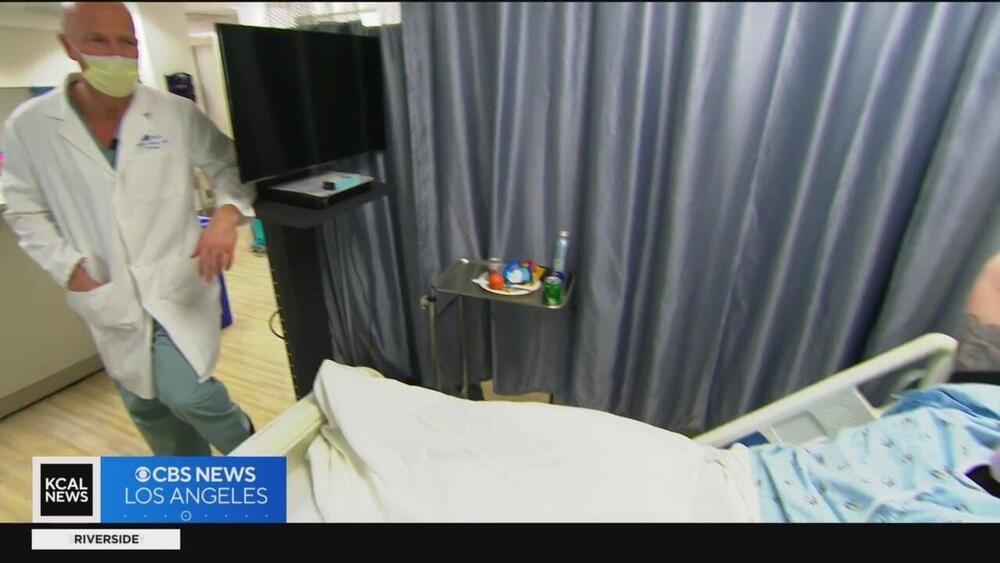Sep 10, 2023
The Immortals: meet the billionaires forking out for eternal life
Posted by Montie Adkins in categories: biotech/medical, life extension
The Conboys’ statement on plasma dilution is important:
The pair are quick to add that this isn’t going to have a Benjamin Button effect, and the research “wasn’t geared to make old people young” – even if this idea is being bio-hacked around the world. “It was clear that there were improvements after a couple of procedures,” says Irina. “[But] it’s not really healthy or rejuvenating to drain somebody of 70% of their blood and replace it with something.” She warns people to wait until more research is done.
Still, they believe that in the next five years we will see huge advancements in prolonging life treatments – including taking a pill instead of getting blood, and a “fountain of middle age”. “People will be able to have this high quality, productive life where they are healthy for many more decades,”
Continue reading “The Immortals: meet the billionaires forking out for eternal life” »
















